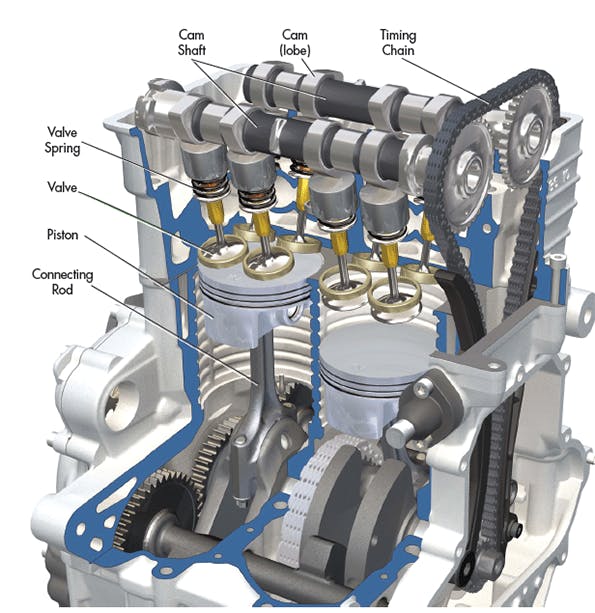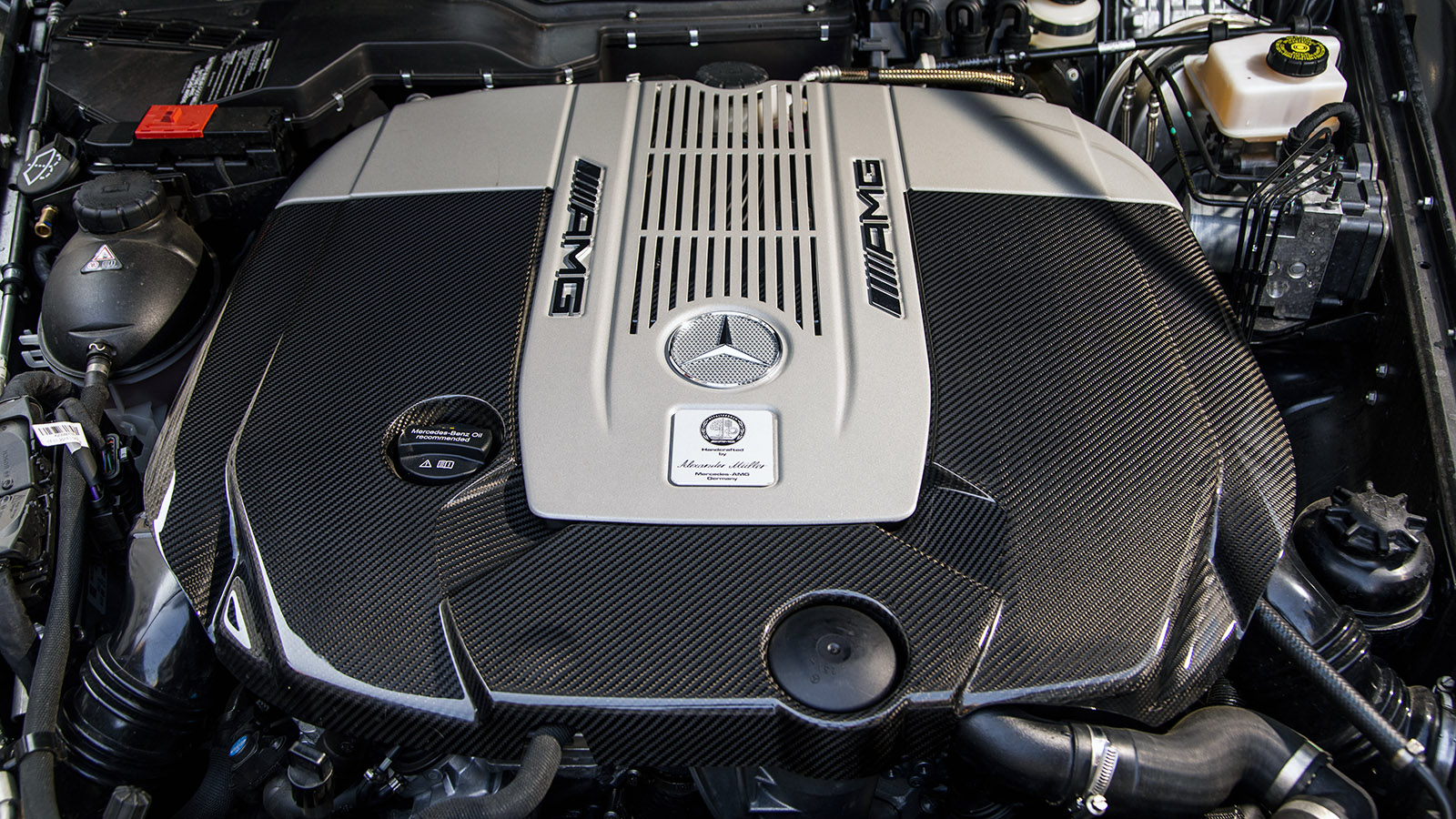The Mission for Ultimate Driving Power: Examining the Peak of Engine Performance and Technological Innovations in the Automotive Industry
In the realm of automotive engineering, the search of maximum driving power has been a relentless pursuit that has actually unfolded with the advancement of engine layout and the integration of sophisticated innovations. From the thorough craftsmanship of combustion engines to the fast innovations in electric propulsion systems, the vehicle field stands at the cusp of a brand-new era identified by extraordinary performance capacities. As designers and researchers delve deeper right into the realms of computational fluid dynamics and check out cutting-edge gas modern technologies, the horizon of possibilities broadens exponentially. Stay tuned as we decipher the intricate tapestry of technological developments that are forming the future of auto power and efficiency.
Evolution of Engine Layout

Additionally, the integration of turbocharging and supercharging innovations has reinvented engine layout by improving power without considerably boosting engine dimension. These forced induction systems press the consumption air, enabling even more gas to be ignited, thus creating greater power output from a smaller engine. This improvement has been specifically important in enhancing the performance of smaller variation engines while keeping gas performance standards.

Performance-Enhancing Gas Technologies
The implementation of innovative fuel technologies has significantly added to improving engine efficiency in modern cars. Biofuels, acquired from renewable sources like corn, sugarcane, or algae, deal lowered emissions and boosted engine effectiveness. Additionally, fuel ingredients and detergents are being developed to clean engine elements, maximize burning, and lower rubbing, consequently boosting total car performance.
Developments in Electric Propulsion
Significant strides in electric propulsion innovation have transformed the auto market, paving the way for a new age of sustainable and effective transport. Electric vehicles (EVs) are gaining appeal due to their environmental benefits and advancements in battery modern technology, making it possible for longer driving varieties and much shorter billing times. Producers are investing greatly in study and growth to improve the efficiency of electrical propulsion systems, focusing on boosting power outcome, enhancing energy efficiency, and minimizing overall weight.
One noteworthy breakthrough in electric propulsion is the advancement of advanced electric motors that supply higher torque and power thickness, resulting in boosted acceleration and overall driving performance. In addition, regenerative stopping systems have been fine-tuned to catch and keep power during slowdown, further boosting the performance of EVs.
Moreover, the assimilation of clever technologies, such as artificial knowledge and anticipating analytics, is enhancing the administration of electrical propulsion systems, ensuring optimal performance under various driving conditions. These improvements in electric propulsion are reshaping the auto landscape, driving the industry in the direction of a more sustainable and amazed future.
Influence of Computational Fluid Characteristics
With advancements in electric propulsion pushing the boundaries of auto innovation, the combination of Computational Liquid Dynamics is playing a crucial function in enhancing wind resistant performance and enhancing total performance in car design. Computational Liquid Characteristics (CFD) entails making use of computer simulations to assess the circulation of air around a lorry, making it possible for designers to anticipate just index how design modifications will certainly impact the rules of aerodynamics without the need for expensive physical models. By precisely modeling airflow patterns, CFD enables the refinement of lorry shapes to minimize drag, improve cooling, and boost security.
CFD allows designers to maximize air flow around parts such as radiators, engine bays, and wheel wells, adding to enhanced efficiency and overall driving experience. In conclusion, the combination of Computational Liquid Characteristics represents a considerable step onward in the quest for ultimate driving power and performance in the auto sector.
Future Fads in Engine Advancement
In the dynamic landscape of automotive design, sophisticated innovations are shaping the future trajectory of engine technology. The future of engine style is marked by a solid focus on performance, sustainability, and efficiency. Producers are significantly concentrating on creating engines that not just deliver high power outcomes however likewise prioritize environmental obligation by improving and lowering exhausts gas performance.
One famous fad in engine technology is the rise of electrification. Hybrid and electrical powertrains are acquiring grip as sensible choices to traditional combustion engines. These technologies use the possibility for considerable decreases in carbon exhausts and raised energy efficiency, lining up with international efforts to combat climate adjustment.
Additionally, innovations in materials science and manufacturing strategies are making it possible for the production of lighter and extra durable engine elements. This change towards lightweight products such as carbon fiber and aluminum alloys adds to improved efficiency and fuel economy.
Verdict
To conclude, the pursuit of best driving official statement power in the vehicle market proceeds to drive innovations in engine style, fuel technologies, electrical propulsion, and computational fluid dynamics. The development of these technologies is shaping the future of engine advancement, leading the way for much more efficient and effective cars (engines for africa). As the sector remains to press the borders of what is feasible, Read More Here we can expect to see even more revolutionary growths in the mission for peak efficiency
One of the vital turning points in engine style advancement is the change from traditional carbureted engines to modern-day fuel-injected systems. By precisely metering the gas distribution to each cylinder, fuel-injected engines maximize combustion, resulting in much better performance and lowered environmental impact.
In addition, the integration of turbocharging and turbo charging technologies has changed engine design by boosting power without dramatically enhancing engine dimension (engines for africa).The implementation of advanced gas modern technologies has substantially added to improving engine efficiency in contemporary vehicles. In addition, fuel ingredients and detergents are being formulated to clean engine elements, enhance combustion, and lower rubbing, therefore improving total car efficiency